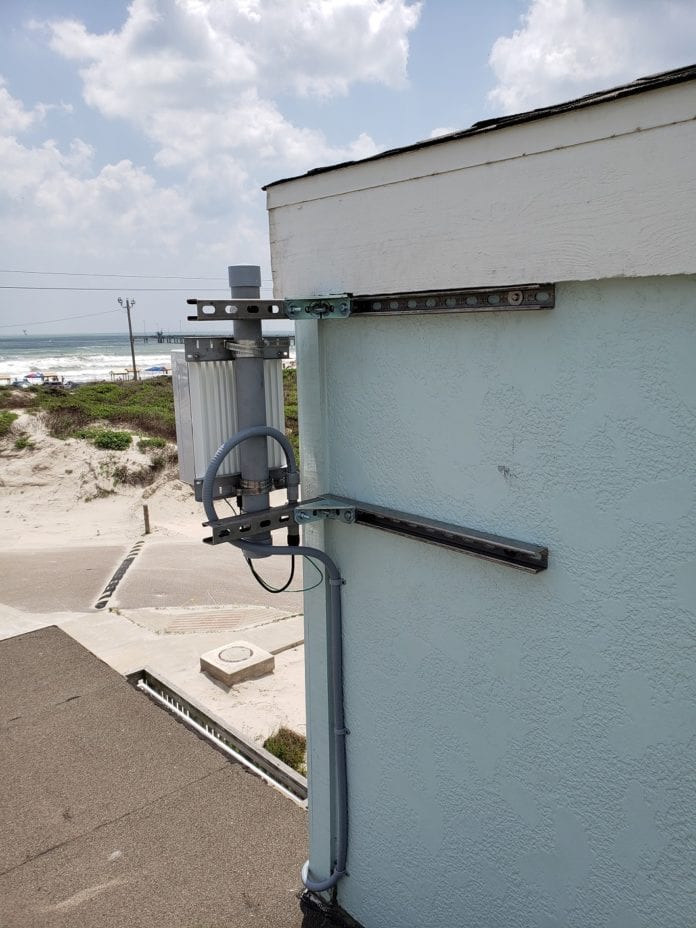Fixed Wireless Access, Mobile Broadband are driving sales
The market for equipment running in the 3.5 GHz Citizens Band Radio Service (CBRS) spectrum is growing, but at a slower rate than previously reported. Telco market research firm Dell’Oro Group has revised its forecast for CBRS radio access network (RAN) hardware sales downward as a result. The company recently published its findings in a new report.
Dell’Oro previous predicted sales of CBRS RAN equipment to grow from 2 percent to 5 percent by 2026. The company now believes it’ll be less.
Dell’Oro thinks that LTE will drive most short-term CBRS RAN investments, with 5G New Radio (NR)-based capital expenditures emerging as the driver by 2026. The report noted that Fixed Wireless Access (FWA) and mobile broadband (MBB) are driving equipment sales. Enterprise share of CBRS RAN hardware is expected to improve towards 2026.
“CBRS adoption continues to move in the right direction, however adoption is tracking significantly below expectations, driven primarily by diverging trends between fixed wireless access (FWA) and non-FWA including public and private LTE/5G NR,” said Dell’Oro.
Stefan Pongratz, Vice President and analyst with Dell’Oro Group, noted that this downward revision is a calibration to reflect current market conditions and what he described as a gap between registered Spectrum Access System (SAS) access points (APs) and LTE and 5G NR base stations.
“This adjustment does not change the long-term vision—we continue to believe that there is an opportunity to improve spectrum utilization while at the same time stimulating innovation for both public and private networks across various industry segments,” said Pongratz.
CBRS deployments in the real world
CBRS deployments have been coming in fits and starts, although much of the recent activity in the space has been relegated to trials and tests. Dish and FreedomFi are piloting a CBRS hotspot network, for example. FreedomFi began shipping its cryptocurrency-incentivized 5G, CBRS-compatible gateway last October.
Another example is Geoverse’s installation at the Caribe Royale Resort in Orlando, Florida. Geoverse is providing indoor coverage at the resort’s convention center and will work to augment and complement the existing Wi-Fi footprint. Eventually, the two networks will operate as one hybrid wireless network.
Out of the test frying pan and into the real-world fire, Boingo Wireless worked with the San Diego Padres baseball team to deploy a CBRS-based private network. The Petco Park operations staff uses CBRS-connected iPads to scan tickets or process concession transactions. It also adds bandwidth back to the public network in the area that plays host to a range of community activities.

